Vaccination uptake proves modelling pessimists wrong
Vaccination is reducing hospital admissions, and now the pressure on the health system looks set to be markedly less.
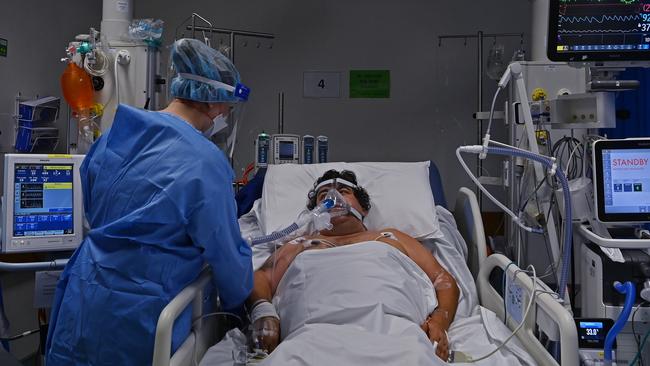
Vaccination is working to reduce the number of people requiring hospitalisation and ICU treatment with Covid-19, and now the pressure on the hospital system looks set to be markedly less than predicted by government-commissioned modelling.
At current lockdown settings in NSW, government modelling predicted there would be 560 people suffering Covid-19 in intensive care units across the state by late October. However, the number of people in ICU has been decreasing over the past week.
There were 244 Covid-19 patients in ICU in NSW on September 21, and on Monday that figure had dropped to 214. There were 1286 people in hospital with Covid-19 in NSW a week ago, and that number now stands at 1155.
If the plateauing in hospitalisations continues or those in hospital continues to decrease, numbers will have peaked well below the predictions contained in modelling commissioned by the NSW government.
Victoria’s hospitalisation rates are also well below modelling estimates. On Monday, Victoria had 8538 active cases and 363 people in hospital with Covid-19, of whom 75 were in ICU, amounting to a 4.25 per cent hospitalisation rate. Accounting for a lag between diagnosis and hospitalisation and using the 5673 active cases seven days earlier, the hospitalisation rate is 6.4 per cent. That’s well below the 10.57 per cent hospitalisation rate seen during Melbourne’s second wave last year.
The differences between the two waves in Melbourne are even more stark when deaths are considered, with 25 deaths during Victoria’s current outbreak so far compared with 161 in the second wave to August 7, 2020.
However, Victorian Premier Daniel Andrews said he believed modelling predicting a 10 per cent hospitalisation rate was “holding up”.
The Andrews government’s road map for reopening, announced just over a week ago was based on Burnet Institute modelling which predicted daily case numbers – now at a seven-day average of 723 – would reach 1400 to -2900 between October 19 and 31, with 2202 deaths expected between July 1 and December 31.
Asked whether Victoria’s trajectory resembled that predicted by the modelling, Mr Andrews said: “I think it’s at the more positive end of the scale.”
Australian National University microbiologist and physician Peter Collignon said he believed that modelling from the Burnet Institute – which has been a vocal proponent of “Covid zero” – was too pessimistic. “It does look like the case numbers and the hospitalisation numbers are quite different to the modelling,” he said.
“A lot of the modelling is very pessimistic. The people who are making the worst predictions are the ones that are pushing zero Covid the most.
“My view is we should be looking at real-world data, with vaccination rates in England being the best place to look, and just use that to predict what’s going to happen here in three or four months time rather than use models with lots of assumptions which have frequently been wrong.”
The NSW government’s modelling released in early September predicted a peak of 3434 hospitalisations in late October. Further modelling undertaken by the Burnet Institute predicted peak hospital demand of between 2286 and 4016 cases across greater Sydney.
NSW Premier Gladys Berejiklian maintained that October would be the worst month for Sydney but highlighted the difference between hospitalisation numbers and government modelling.
“Pleasingly, the hospitalisation rate has not been as high as we had seen in the modelling and the ICU admissions have been a bit lower as well but it doesn’t mean we are out of the woods in terms of overwhelming our hospitals,” Ms Berejiklian said.
“Technically, we are still looking at our system being overwhelmed in October and I ask people to exercise caution.
“We know that once we start reopening at 70 per cent double dose, the case numbers will go through the roof but what will protect us is the fact that so many people have received at least the first dose of the vaccine and those people will have that extra layer of protection against ending up in hospital or worse.”
Epidemiologists said the strong and rapid take-up of vaccination in NSW was likely to have kept the numbers of those being hospitalised at the low end of estimates. Almost 86 per cent of people in NSW have had at least one dose of a Covid-19 vaccine and 60.4 per cent are fully vaccinated.
“It does look like hospitalisations are starting to plateau,” said Deakin University epidemiologist Catherine Bennett. “That’s what we expect to see with high levels of vaccination.”

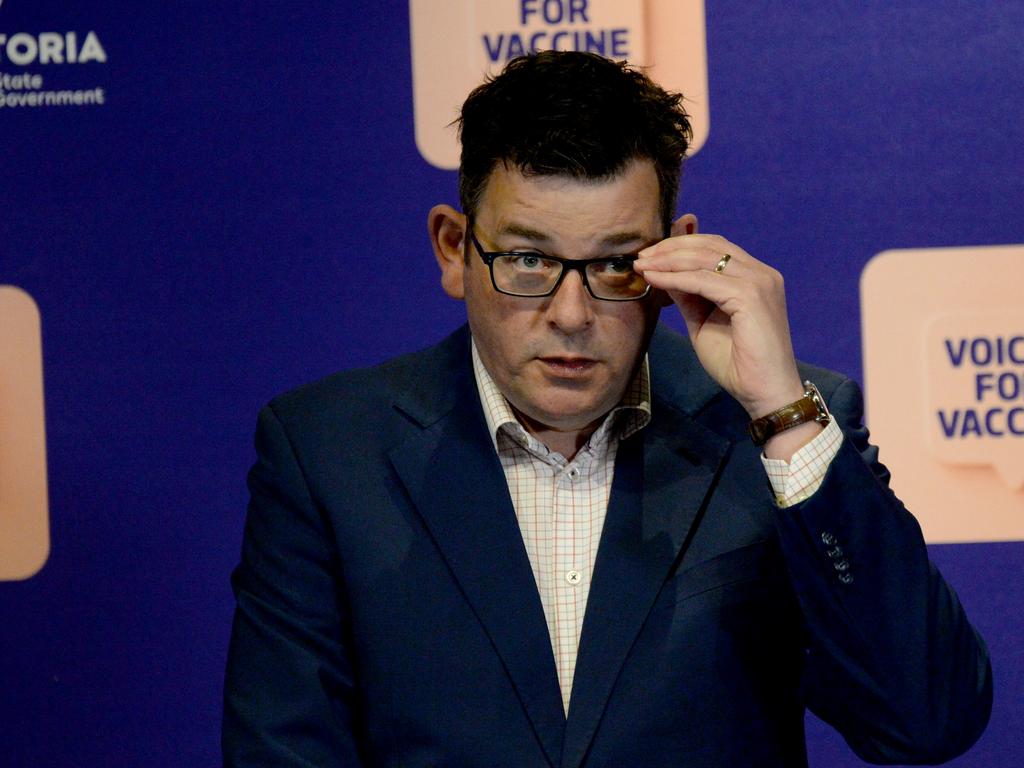
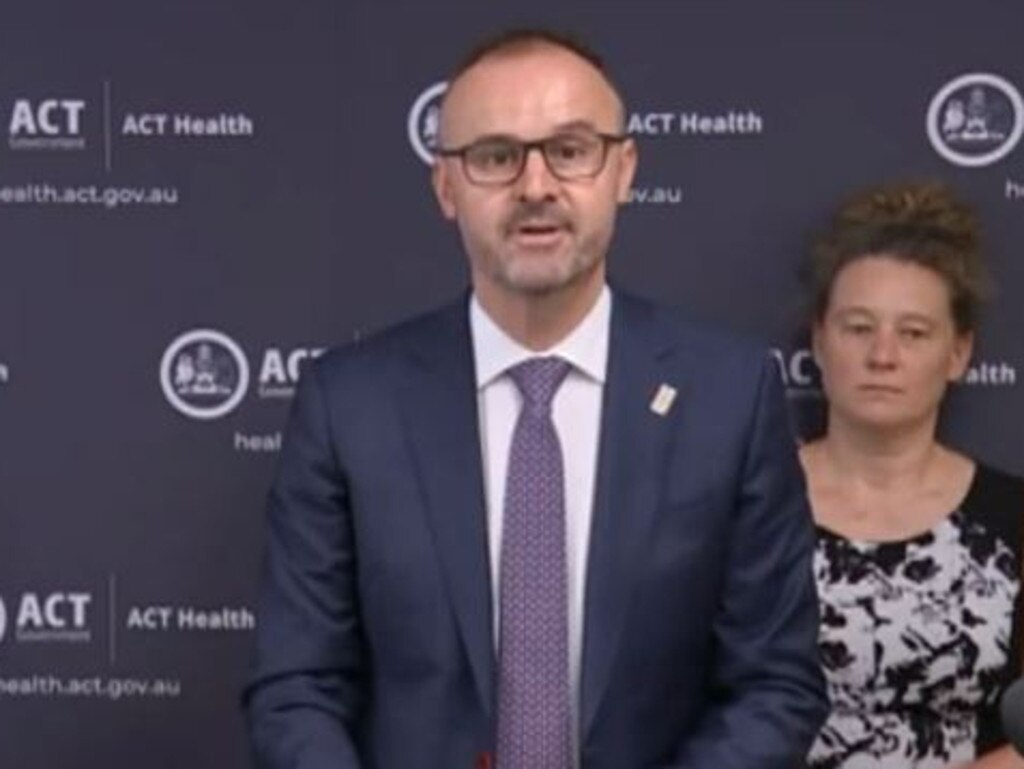
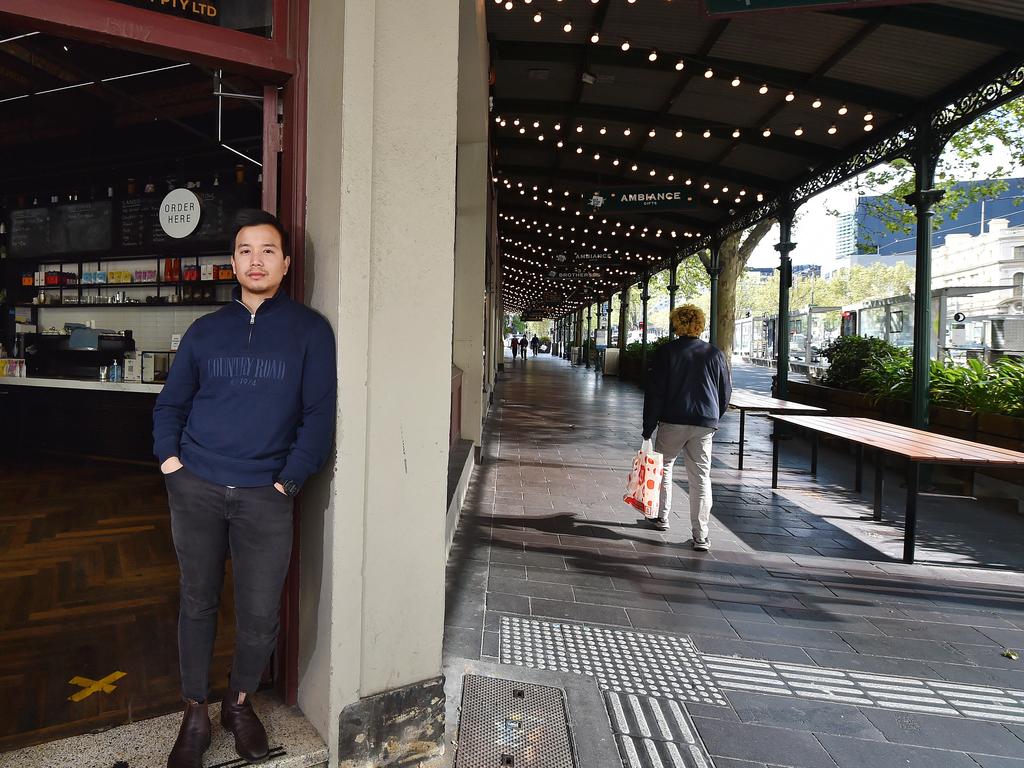
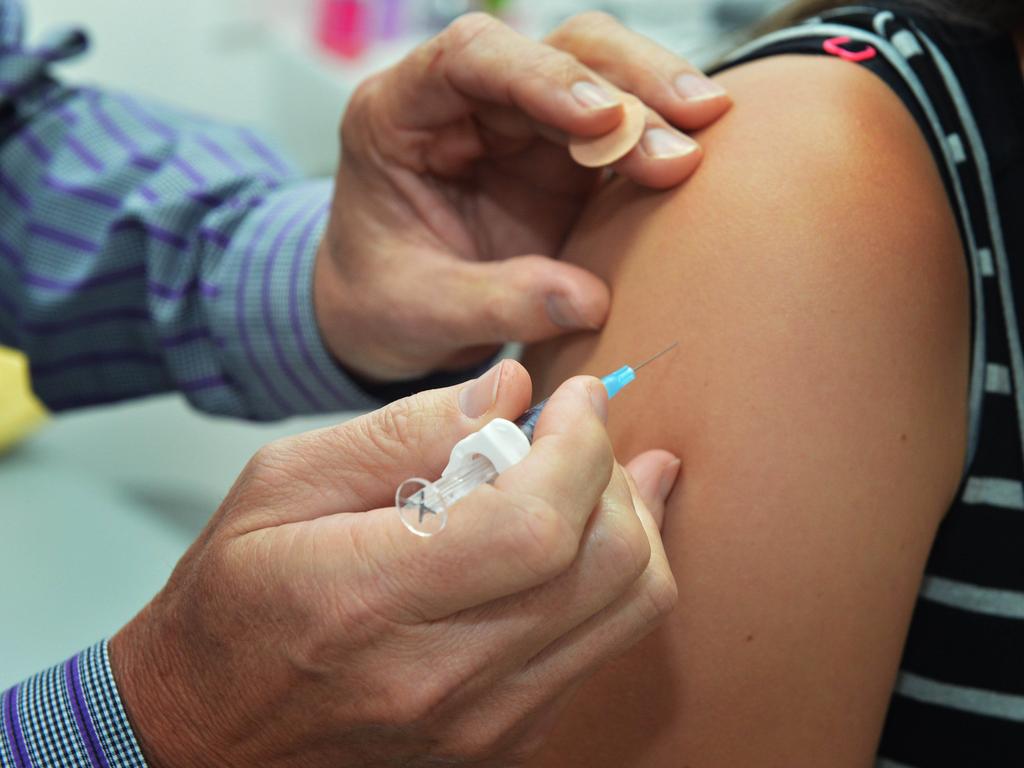


To join the conversation, please log in. Don't have an account? Register
Join the conversation, you are commenting as Logout